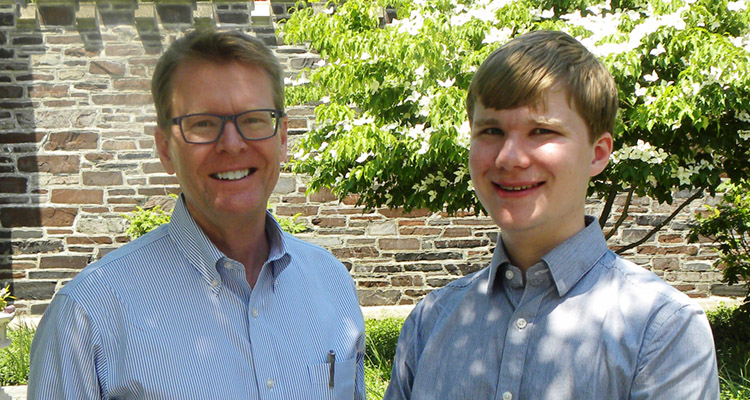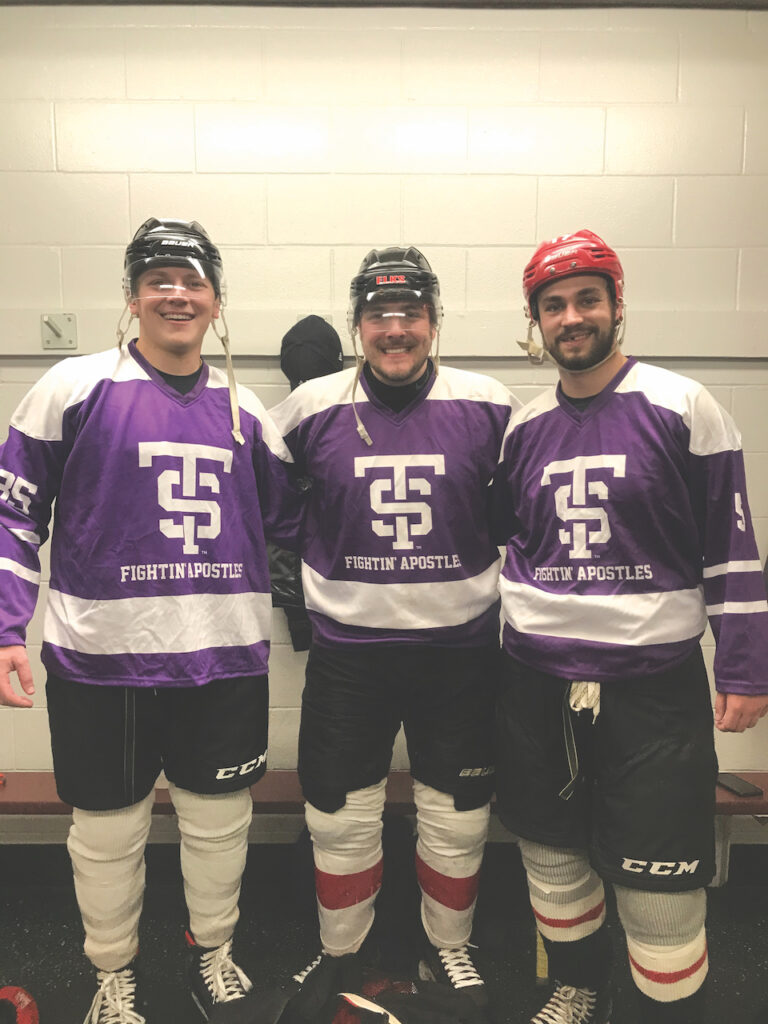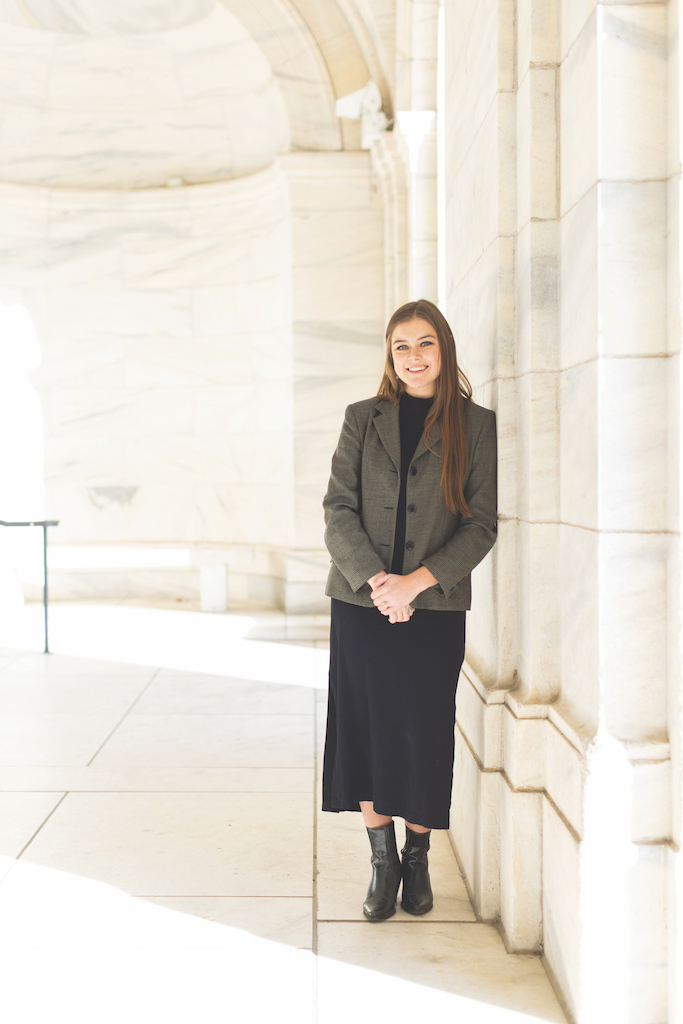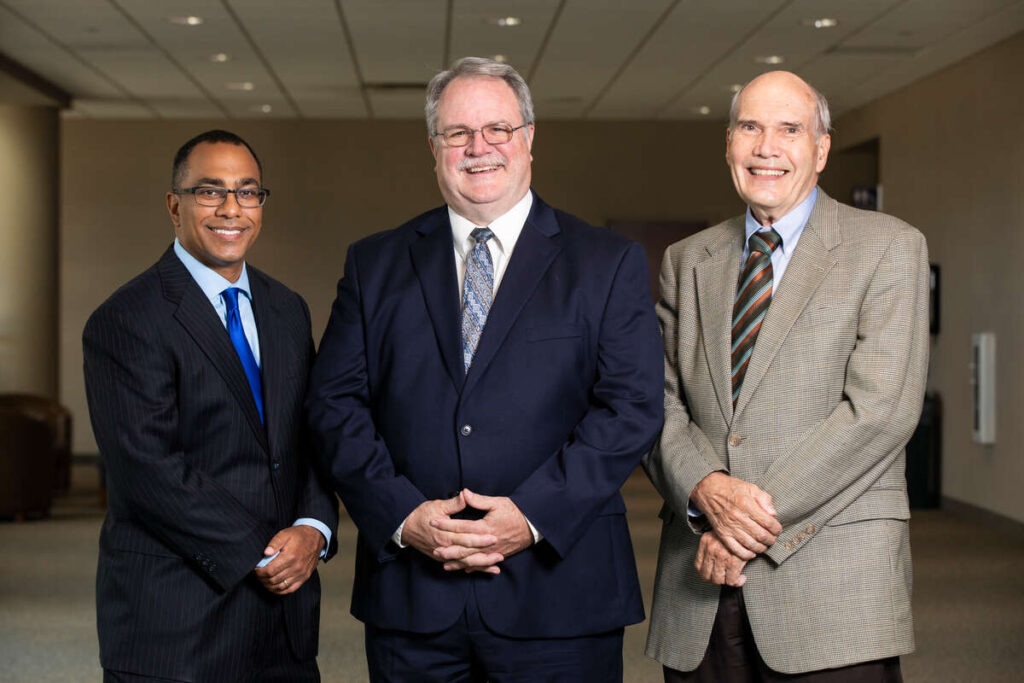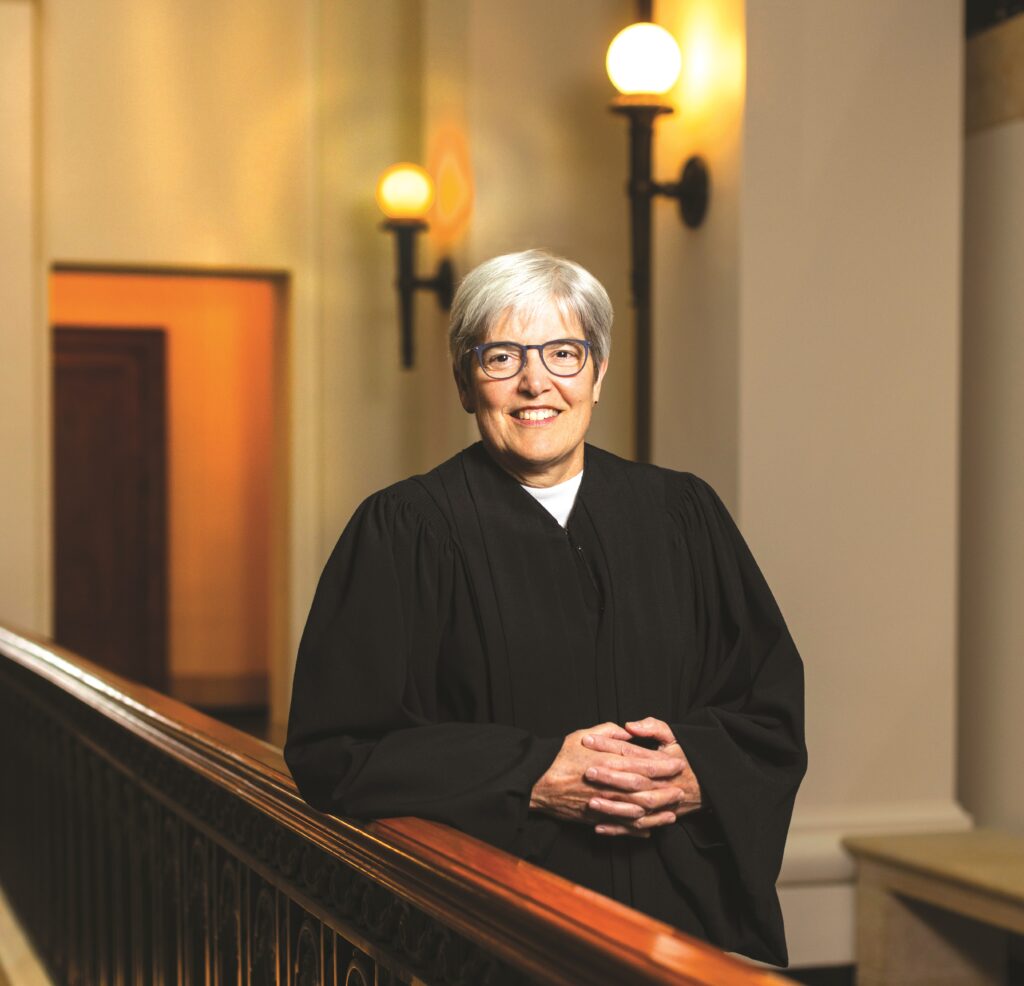Since leaving the University of Minnesota Law School, my academic home for 16 years, to come to St. Thomas in 2007, nearly all of my scholarship has focused, in one way or another, on the U.S. Constitution: the interpretive rules governing its meaning; specific areas of controversy that excite my passion; intriguing riddles concerning the proper understanding of obscure provisions; and the history of great controversies that have shaped our modern understanding of the Constitution.
Since coming to St. Thomas, I have had the honor of being co-author of a new casebook on the Constitution published by Foundation Press, The Constitution of the United States (2010, 2013) – now in its second edition, and headed for a third – along with Professor Steven Calabresi of Northwestern, Professor (and former 10th Circuit Judge) Michael McConnell of Stanford, and Professor Samuel Bray of UCLA. I’ve also produced an edited volume of the most important interpretations of the Constitution in our nation’s history, aimed at students and ordinary citizens looking for a compact distillation of such primary source materials. (Our Constitution: Landmark Interpretations of America’s Governing Document) (Beaufort, 2013). And of course I’ve written law review articles on a wide range of topics, published in the Yale Law Journal, Northwestern University Law Review, Michigan Law Review, University of Chicago Law Review and several other academic journals.
Ironically, my teaching at St. Thomas has not been in the area of constitutional law, but has instead focused on such intensely “real world” law courses as Civil Procedure and Federal Jurisdiction – topics I enjoy teaching immensely. (St. Thomas Law is deep in fabulous constitutional law scholars and teachers: Tom Berg is one of the nation’s leading scholars of religious freedom; Robert Delahunty is a world-renowned authority on international public law and the constitutional law of foreign relations and national security; Teresa Collett is a leading light in the law of abortion, human life and bioethics. It is indeed an honor to be the fourth starter in such a magnificent constitutional law rotation.)
But by far my most enjoyable scholarly project of the past decade has been a book on the Constitution written with my son, Luke Paulsen, over the course of the past nine – nine! – summer “vacations,” as a part-time, father-son, summers-only project during Luke’s high school and then college years. The Constitution: An Introduction was published by Basic Books in May 2015. (Look for it on Amazon or at your local bookstore!)
The idea for the book came about this way: In early 2006 I was invited to give a lecture at Princeton University on Abraham Lincoln, the Emancipation Proclamation and the commander- in-chief powers of the presidency. At the dinner-reception following the lecture, a lively argument broke out between the college professors in attendance and the law professors – over exactly when, where and how students somehow got into their heads such badly mistaken, even foolish, ideas about the Constitution, its history and the principles governing its interpretation. Predictably, the law professors blamed the college professors: “What are you teaching these students?!” Understandably – and probably correctly – the college professors denied responsibility: “Don’t blame us! They came to us this way!” It was the schools, the media, the Internet – that was where students, and the public at large, had swallowed a steady diet of shallow, superficial, ahistorical discussion and a morass of myths and half-truths.
I ventured that “someone” ought to write a book aimed at real people – not just other pointy-headed academic types – setting forth, as objectively as possible, and in a readable, accessible, lively form, the true history and meaning of the Constitution and a faithful account of its interpretation over the course of two-and-a-quarter centuries.
You probably already have guessed the upshot. My dinner colleagues challenged me to write it (instead of churning out more and more law review articles). Bumped from my flight out of Philadelphia the next morning and finding myself with three unplanned hours on my hands, I sketched an outline for a straight- ahead, 10-chapter book on two sheets of yellow legal paper at an airport coffee shop. I shared the sketch with my then 13-year-old son, Luke, that evening. One thing led to another, and by night’s end we had a plan for a part-time “summer job” for him: he would serve as an informal “research assistant” for the book and help me write it over the summer. (Foolishly, we envisioned that it would be a simple, one-summer project!)
Luke already had served – for years – the role of helping me “warm up” for teaching, by asking each day, as I drove him to school, to explain what I would be teaching that day. By age 11, Luke understood “offensive non- mutual collateral estoppel.” (There are worse forms of child abuse. My Civil Procedure students can thank Luke for the inspiration for the song “Res Judicata,” sung to the tune of “Hakuna Matata” from “The Lion King.”) No worries, the story ends happily: Luke did not go to law school but majored in computer science, with specialties in computational linguistics and certificates in Latin and humanities. He is now a software engineer in Silicon Valley.
Luke read up on the Constitution – he actually was a proofreader of my constitutional law casebook late in his high school years – and provided invaluable initial research on major historical figures concerning the Constitution: Hamilton, Madison, Lincoln, Frederick Douglass, Myra Bradwell, “Jane Roe,” Richard Nixon and many more. It was his idea that the book be more than just a dry recitation of provisions and case holdings, but tell a story about the Constitution, including “sidebars” discussing major personalities in constitutional history and major issues of controversy.
By the end of that first summer, we had completed a first draft of one chapter. We set the plan aside and returned to it each summer thereafter, sandwiching the project among vacations, learning to drive (Luke, not me), camping and the building of a family cabin on an island in northern Minnesota. By the time Luke graduated from high school in 2009, we were full-fledged co-authors. I wrote the first draft of most of the chapters, but Luke edited and rewrote them with an eye to curing me of any lingering traces of “professor-itis” – that awful tendency of legal academics to explain things in terms of the doctrinal gobbledygook that so often pervades Supreme Court opinions. We had committed to the book being smart and accurate – but always accessible to general readers. (You will find almost no legal jargon whatsoever in this book. Lawyers will find this refreshing. Students will actually find it readable.)
We worked on the book during Luke’s gap year between high school and college – when Luke also took courses at the University of St. Thomas – and continued to revise and improve it during the summers of Luke’s college years. All told, it ended up taking nine years, a succession of fired agents, and multiple rejections before the book was finally completed and found a home with Basic Books. But the result was a much-improved manuscript, a much more complete treatment of the Constitution and a far more mature presentation.
In many ways, the book is a fitting capstone for my writing about the Constitution over the years. It distills and refines many points I have made in academic writing but tries to bring them to a broader readership. The book embraces the subject of the U.S. Constitution in its full compass: The narrative begins with the forces that led to the document’s formation in the Philadelphia Convention of 1787, and with the work of the Constitutional Convention. (The first chapter poses the question of whether or not the Constitution might have been illegally proposed and adopted!) The book then proceeds with a brisk examination of the Constitution’s key structural features – separation of powers, federalism, representative republican government and the important ideas of written constitutionalism and constitutional supremacy – and the document’s allocation of powers and protection of individual rights.
It also discusses critically the Constitution’s disastrous accommodation of slavery. Fully the second half of the book is devoted to a rapid-fire history of the major controversies and issues that have surrounded the Constitution’s interpretation over its 225-year life span: from the foundational constitutional disputes of the early years of the Washington administration; through secession, Civil War and emancipation under Lincoln; to the contentious modern constitutional issues of the past 60 years. It is a whirlwind tour of literally every aspect of the Constitution and its history of interpretation, compressed into just a little more than 300 pages.
The book certainly takes positions on many issues. But in the main, our hope is that the book leads readers to form their own, informed conclusions – grounded in a sound introduction, and aware of the Constitution’s lively history.
Many people over the years have asked me what it is like to write a book with one’s own son – especially when he was a teenager. (Luke has been asked the same question, from the opposite direction.) My answer always has been that, for those whose experience with their teenagers is one of more-than-occasional conflict and tension, they have my sympathy but not really my understanding. The only tension between Luke and me has been the good, creative tension of writing collaborators. My teenage son was an absolute pleasure of a partner in this project: an eager student, a terrific learner, a formidable challenger and a gifted and steadily improving writer. My 20-something son, a mature young man, became my peer and intellectual friend. He is the best young writer, editor, critic and clearheaded thinker I know. He is also – if a father may say so – a great guy, and it has been my honor to have him as a co-author and collaborator.
Read more from St. Thomas Lawyer.
